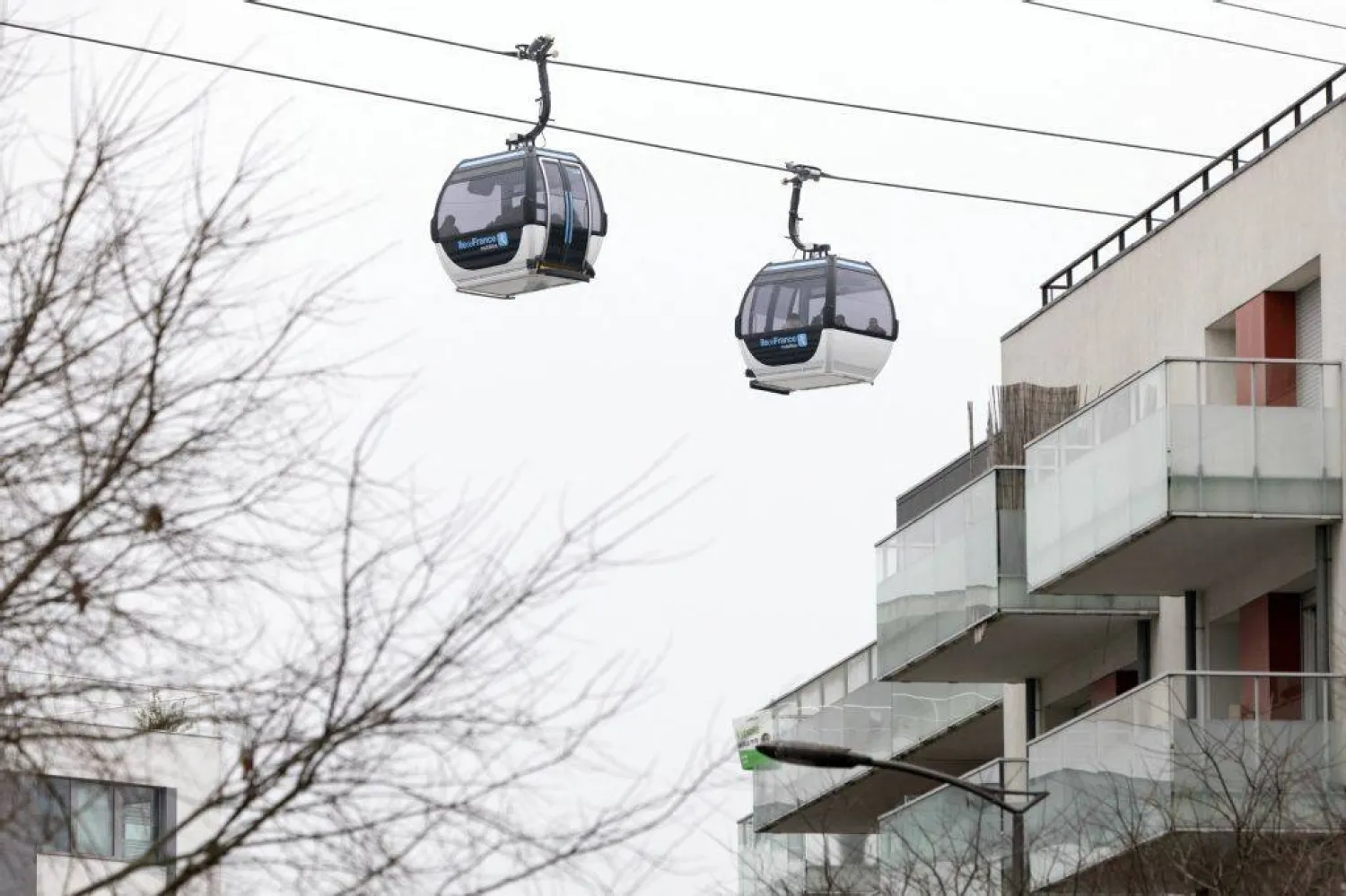After a quantum leap in the digital tech industry over the two past decades, many of us sarcastically said: "The only thing we still miss is the ability to share a meal with the characters in a movie, or to feel what they feel."
However, it seems that the technological progress knows no sarcasm. All the imaginary ideas that people have now, or those they didn't have yet, may soon become a reality that we live.
This is at least what the modern innovations taught us. A team from the Tomsk State University in Russia, announced it has designed a new device that allows humans to feel the "beats," "burns," and even "tinkling" in virtual reality. According to a press release by the university, the new technique can be used in video games.
In addition, the researchers are currently developing their technique so it allows people to feel illusory motions, like when a mosquito settles on their skin or someone draws on their bodies, for instance.
The research team cited several devices that are currently used to transmit the sense of pain in virtual reality; these devices have a wearable skeleton-like structure that transmits the "sense" to the muscles through electric stimulation.
The researchers say the new device is based on the same concept, but it targets the skin without exposing the muscles to an electric pulse.
Researcher Andre Kostornoy, supervisor of the new innovation, said: "The new device affects a precise area of the skin," and stressed "the need for personal settings for each user based on his level of resistance to electrical pulses."
He explained that the principle adopted in the transfer of sensation is based on the same mechanism of brain function. It processes the signal coming from the skin, thereby obtaining a sense of touch, and draws the image of the material or device that comes into contact with the skin at the right moment.
Kostornoy said his team is working on improving the performance of the device so it becomes able to induce a sense of interaction with movements, objects, and characters, like "feeling the touch of another person's palm, for example."
The researcher said "developing this device is a promising achievement that would help control robots through signals communication."









